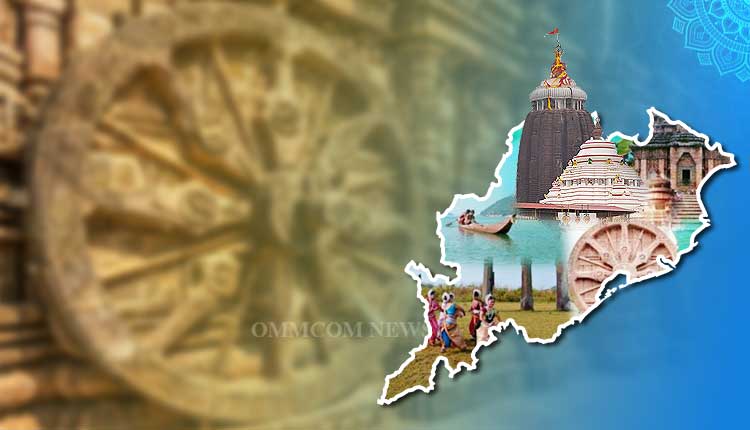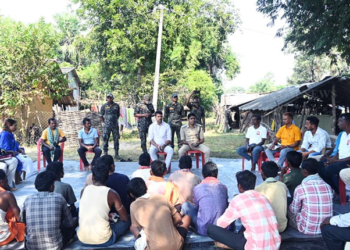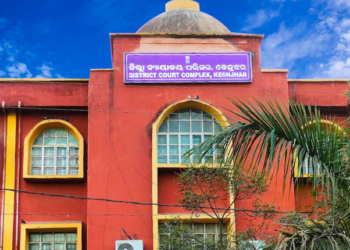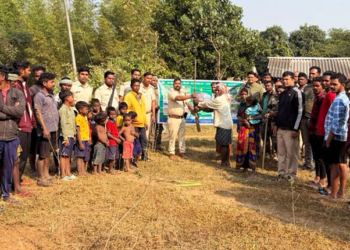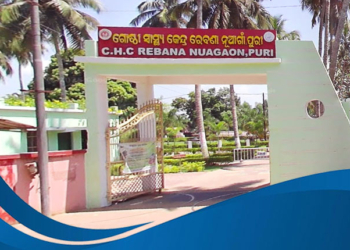Bhubaneswar: Tucked away in the eastern corner of India, Odisha stands as a testament to the country’s rich cultural heritage. But have you ever wondered how this enchanting state got its name? Let’s embark on a fascinating journey to uncover the origins of Odisha, a tale woven with ancient kingdoms, epic mentions, and linguistic evolution.
In the realm of Indian mythology and history, the ancient kingdom Utkala played a pivotal role in shaping the identity of modern-day Odisha. The Utkala Kingdom, situated in the northern and eastern parts of Odisha, finds its mention in the revered epic, Mahabharata. This kingdom’s legacy is further immortalized in India’s national anthem, Jana Gana Mana.
The Evolution of Odisha
The name ‘Odisha’ is derived from the ancient ‘Odra Desha’, which was later modified to ‘Orissa’ during the British colonial era. However, in 2011, the state officially reclaimed its original identity, and ‘Odisha’ became the recognized name.
This transformation not only restored the state’s cultural heritage but also symbolized a renewed sense of pride and identity among its people. Today, as Odisha celebrates its rich history and vibrant culture, the names Utkala, Kalinga, and Odra Desha continue to resonate deeply, serving as a poignant reminder of the state’s glorious past.
A Journey Through the Ages
Odra was a kingdom located in northern Odisha in Eastern India. This kingdom was mentioned in the epic Mahabharata. Odras were neighbours to the Vangas. It is believed that the Odia language and the state Odisha got their names derived from the name ‘Odra Desha’.
In the tapestry of India’s diverse cultural landscape, Odisha stands as a shining testament to the power of heritage and identity. As we delve into the origins of Odisha’s name, we uncover a narrative that transcends time, weaving together ancient kingdoms, linguistic evolution, and a people’s unwavering pride in their roots.
The Odra Desha region is generally defined as the eastern coastal region between the Mahanadi and the Godavari rivers. However, its exact boundaries have fluctuated at various times in the history.
‘Odras’ were a tribe who flourished in various parts of Odisha. The country probably owes its origin to them. Rajendralal Mitra, a renowned historian, opined that ‘Ods’ were an agriculturist community. They lived in many parts of Odisha with a concentration in the region around Khurdha. This race represents the original tribe of Odisha after whom the province has been named.
According to Odisha Review, by the 15th century AD, the word Uddisa or Udisa has already evolved. For this, Sarala Dasa made Odrasrastra synonymous with Udisa or Odisha. His Odrarastra Odisha was mentioned as Odisarajya in the royal proclamations of Gajapati king Kapilendra Deva (1435-1467 A.D.). In the Jagannath Temple Inscription of Kapilendra Deva dated 1443 A.D., we find conspicuous mention of Odisarajya. Similarly, through phonetic metamorphosis, Odra became Odriya and finally Odia.





